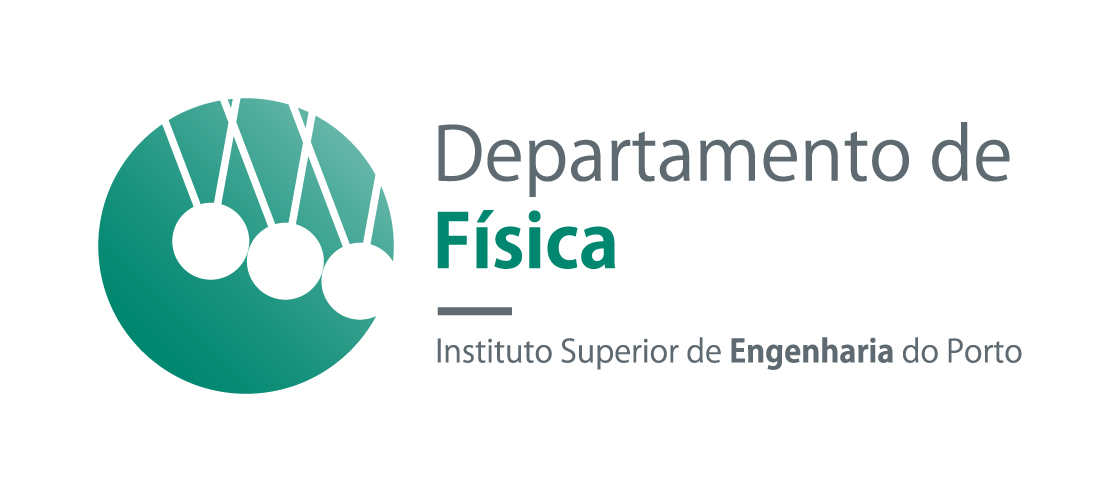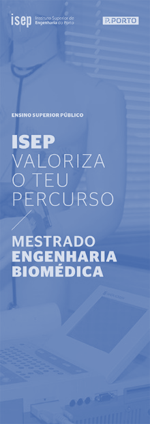 Novos sistemas de microeléctrodos para revelar e modular actividade neuronal
Novos sistemas de microeléctrodos para revelar e modular actividade neuronal Resumo
Neurons are cells specialized in fast and reliable information processing. The acknowledgment of this simple but far-reaching statement unlocks new perspectives into the ways we approach questions in neuroscience. Understanding how the nervous system work crosses the borders of biology and enters the domains of information theory, biophysics, circuit analysis, mathematics and simulation. In this talk I will present some of the research topics we are currently pursuing in the newly formed i3S team NCN - Neuroengineering and Computational Neuroscience. I will give emphasis to one of NCN’s core research lines which is the development of intelligent (adaptive) micro-electrodes arrays for therapeutic electrical stimulation, in the context of spinal cord injury and chronic pain. In collaboration with IFIMUP and INESC-MN we are currently developing micro-electrode arrays capable of producing complex spatiotemporal patterns of stimulation. Current electrical stimulation technology has virtually no spatial modulation, and in the temporal domain it relies on sinusoidal modulation. In addition to the spatiotemporal control, the topology of these new micro-electrodes allows them to be partially engulfed by the membrane, allowing good electrical coupling without damaging the cells. But having an interesting device is not enough to produce effective therapeutic electrical stimulation. In order to understand how information is transmitted and processed in the target neuronal populations, and therefore identify optimal targets and modes for the stimulation, we combine electrophysiology data with mathematical modeling and computer simulations.
Paulo Aguiar![]()
After receiving my degree in Physics (BSc+MSc) from Instituto Superior Técnico (IST), Technical University of Lisbon, Portugal, I joined the Biophysics and Biomedical Engineering Institute (IBEB), Faculty of Sciences of Lisbon, where I spent one year studying Biophysics. In 2006 I received my PhD from the Institute for Adaptive and Neural Computation (ANC), University of Edinburgh, United Kingdom. I then returned to Portugal and joined the Neurobiology Division at the Institute for Molecular and Cellular Biology (IBMC) as a postdoc for a period of two years. In 2008 I received a FCT Ciencia position of Assistant Researcher and Lecturer in Biomathematics at the Centre for Mathematics of University of Porto (CMUP). Recently (2014) I joined the National Institute of Biomedical Engineering (INEB) as a Research Fellow. I am also a Professor Afiliado of the Faculty of Medicine of University of Porto (FMUP) and an Associated Member of CMUP. My research interests are in: Computational Neuroscience; Neuroinformatics; Neural Computation; Neural Engineering; Mathematical/Computational Models in Biology and Medicine.
VOLTAR



